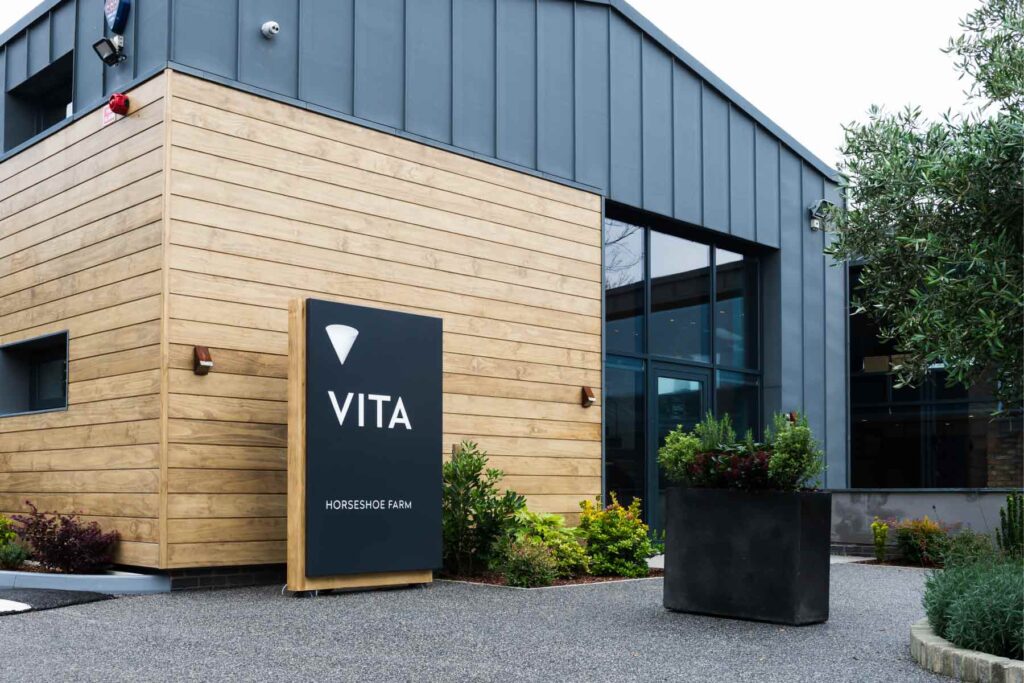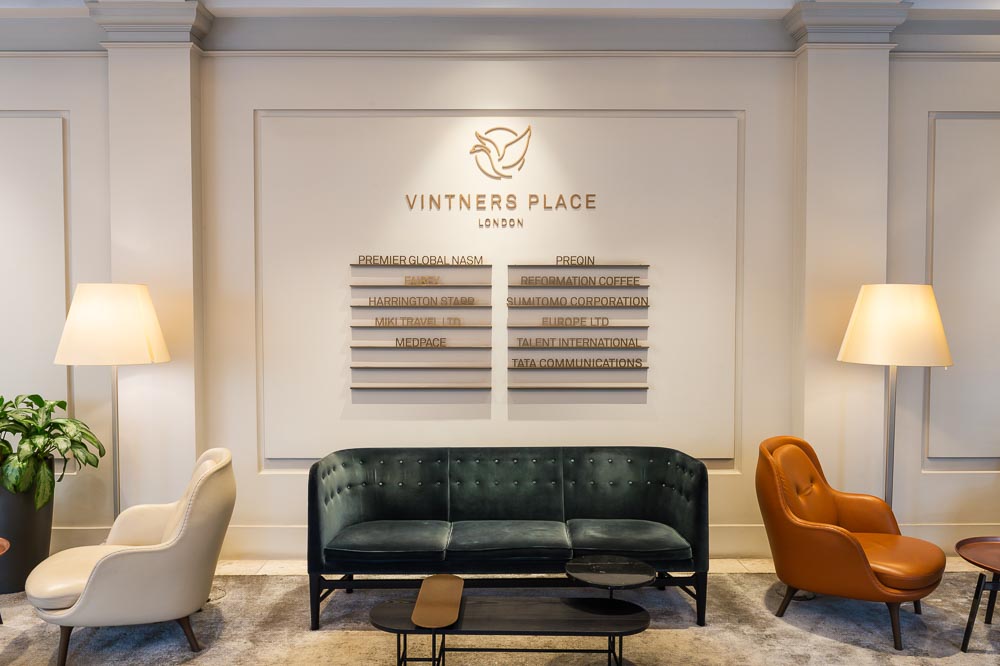As with all businesses, how we treat our clients is paramount to our continued success as a viable company. During the consultation phase of a signage project, how the interaction between our sales team and the customer is carried out can define expected service levels and successful outcomes. Our job commences as a fact-finding mission.
The challenge for our sales team is to hone the requirement in to a tightly define schedule of work. Very often during a specification phase the client will have a view of the product and material finish that they want to see, but perhaps due to budget restrictions or the flexibility of the system we may redirect the customer towards a different solution.
The main challenge for us is to find the solution that fits best. There is such a choice of sign types that a client may not be aware of something that is actually much more appropriate for their application. Our role is to ask the right questions and use the answers to guide a strategy, budget and timeframe. There are a number of questions that we need to ask to facilitate this, including:
Sign position. The most fundamental question is where the client wants their signs to be placed, and what kind of conditions are the signs going to be subjected to. Exterior signs are going to have to put up with a good variation of weather conditions and we will need to consider materials and fixings to ensure permanence and longevity. Strong sunshine, a deluge of rain, extremes of temperature, airborne particulates and pollution all contribute to degradation of signs and the specifications will need to amend based on the application. Interior designs are less liable to weather deterioration, but more susceptible to tampering and scuffs. There is also the consideration of whether the signs need to change frequently. Exterior signs tend to be more permanent structures, whereas an interior signage scheme may need to change more frequently.
Purpose. Is the sign simply giving a space a name – such as the identifier on a block of exclusive residential flats, or a business name – or is it designed to provide important wayfinding? The amount of information that the sign is giving will dictate its type and size and which patented product type we choose to use. Simple but efficient folio or puzzle signs can be used for most interior door signs for example, but a directory sign displaying information on different floors would be better suited to the jigsaw product. In hallways and entrance lobby’s – particularly in corporate office blocks – interactive digital wayfinding totem signs provide an opportunity to showcase branding. Advances in materials and electronic component protection mean that digital totems are also suitable for outside environments too.
Special requirements: Does the client have a need for any specialist textures, bespoke images, braille or 3D sign types? Do the signs need LED illumination? What if the signs could talk to the end user? All of these considerations should be considered before a signage scheme is put in place.
By fully understanding these variables our sales team will be in a better position to provide a suitable signage scheme with relevant drawings, plans and costings that will meet the needs of the project.



